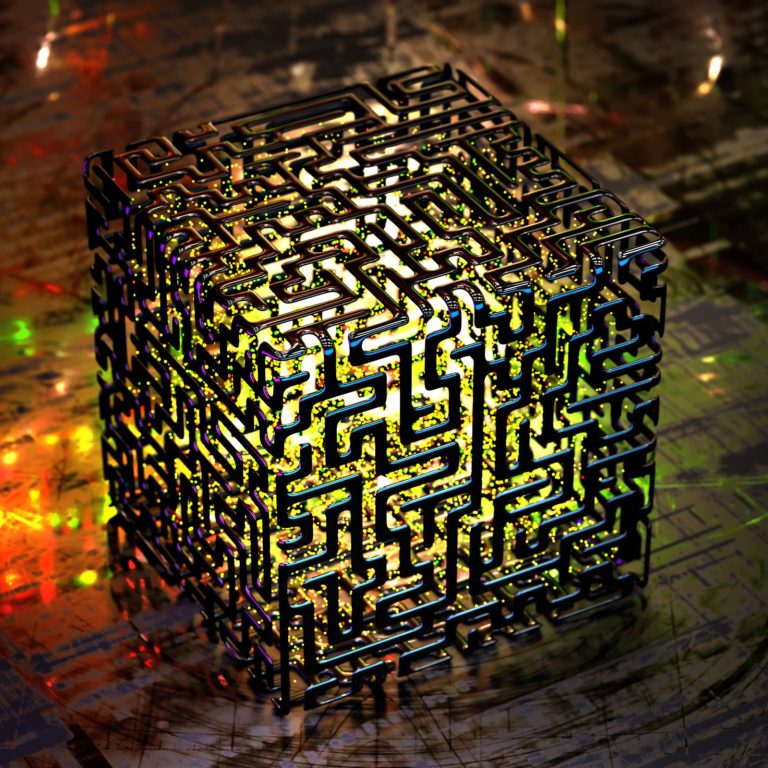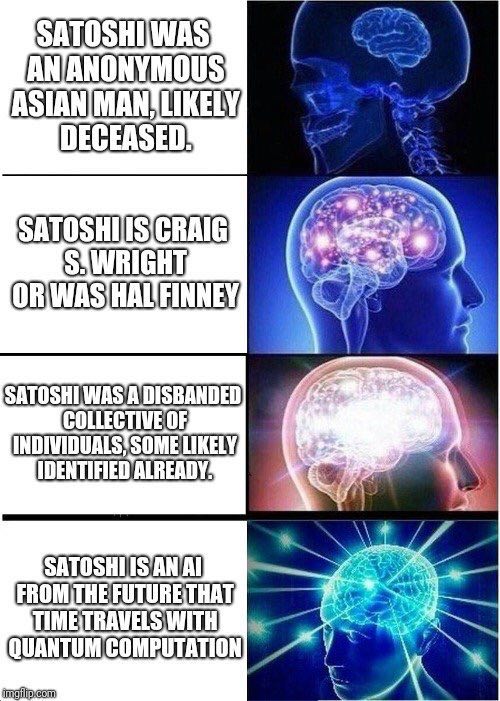
00000000000000000021e800 – that’s 18 zeros followed by 21e8 and another two zeros – doesn’t look particularly remarkable. Nor does 00000000000000000021e800c1e8df51b22c1588e5a624bea17e9faa34b2dc4a, which is the complete hash it’s associated with. And yet this series of numbers and letters has sent the cryptosphere into overdrive, sparking talk of quantum computing breakthroughs, time travel, Satoshi’s return, and the hidden meaning of bitcoin.
Also read: Robinhood Reportedly Considering Formal Banking Services
One Row of Zeros, Infinite Possibilities
On June 19 at 19:32 UTC, block number 528249 was discovered by the BTC.TOP mining pool. On the face of it, there was nothing unusual about the block: it measured just over 1MB, had almost 6,500 inputs, 1,047 outputs, and 125 Segwit transactions. But when the block is viewed in an explorer such as Blockchair, something astonishing appears when you hover your cursor over the block hash: the number 00000000000000000021e800 appears.

To some, the appearance of so many zeros, followed by 21 (a number synonymous with bitcoin’s total supply), is merely a coincidence; an occurrence as inevitable as a roulette wheel landing on red 18 times after half a million spins. To others, it’s a near-impossible feat that signals intervention from another world, be it celestial, extraterrestrial, or future.
The Mother of All Hashes
 It was Mark Wilcox who discovered the oddity first, tweeting a hash of the block around 90 minutes after it was discovered. Half of crypto Twitter immediately began losing their minds, while the other half began scratching their heads. What was the significance of this hash – if, in fact, there was any?
It was Mark Wilcox who discovered the oddity first, tweeting a hash of the block around 90 minutes after it was discovered. Half of crypto Twitter immediately began losing their minds, while the other half began scratching their heads. What was the significance of this hash – if, in fact, there was any?
Humans are programmed to see patterns in everything, and thus the fixation on 18 zeros in a row is understandable. But it’s what comes next in the block hash that’s



